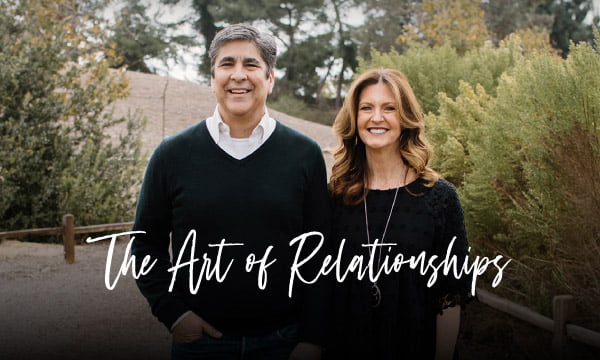The Next Steps of Conflict Resolution

We all go through conflict, but how do we move forward? In her last blog, Willa Williams laid out the first three steps to resolving conflict. In today's blog, Willa shares how we can find resolution from conflict and repair relationships with productive conversation.
In my last blog, I discussed that working through conflict is rarely fun or enjoyable, but it is necessary and unavoidable. What can make it so difficult is that we just don’t know where to start. So, we looked at the first few steps that we can take to begin resolving a conflict with another person:
- Stop
- Step back
- Breathe
- Give the benefit of the doubt
Now, once we do those first few steps, what do we do next to begin to work out the conflict together? We will have to talk about the conflict issue together in order to resolve it. But now the question is, how do we talk about it? How do we discuss it so that the discussion goes well and is a productive conversation, moving us towards resolution and a repaired relationship?
To reach a resolution and a repaired relationship, I think it is beneficial to have a "TFWN" conversation. In the TFWN conversation:
- T stands for THINK: how and what do we think about this conflict situation?
- F stands for FEEL: how do we feel about this conflict situation?
- W stands for WANT: what do we want in this conflict situation?
- N stands for NEED: what do we need in this conflict situation?
It is helpful to start this conversation by first inviting the other person to share how they TFWN about the situation. It is very important that we actively listen to the other person as they share. Our goal here is to listen to understand, not just wait until it is our turn to share. As Proverbs 18:13 says, “To answer before listening – that is folly and shame.”
Listening to understand also means that we are not lining up our defense or our talking points, mentally preparing to make our case for when it is our turn to share. If we do that, we are not actively listening, and the other person will notice. We want them to feel really understood. And we want to understand the other person’s perspective and how they experience this conflict situation. We can give them the benefit of the doubt so that we are more open to hearing and understanding what they are sharing with us.
Sometimes we are hesitant to actively listen to understand because we fear that we may have to agree with the other person and their perspective. We fear that we will be forced to give up our perspectives, agree that they are right, and then lose the argument. We fear being taken advantage of or not considered.
However, it is so helpful to know that we don’t have to agree with the other person’s perspective in order to understand or validate it. We can appreciate how they experience the conflict situation, even if it differs from our experience.
To understand this idea of appreciating someone’s experience that differs from ours, it is helpful to think about if an introvert and an extrovert were to go to a party together. The introvert likely would describe the party as too loud, too stressful, with too many people. The extrovert would describe the party as fun, exciting, and energizing. To hear both of them talk, it would sound as if they were at two different parties! However, they shared the same situation but just experienced it differently. Both experiences are valid, just different. Understanding how the other person experienced the situation differently than we did helps them to feel heard and understood by us. And when they feel that we have worked hard to understand them and their perspective, the odds go way up that they will do the same for us.
After the other person has shared their TFWN and we have responded with listening and understanding, then it is our turn to share our TFWN. We want to share by describing what our TFWN are, rather than telling the other person how they are wrong, what they did was wrong, or that their TFWN are wrong. By just describing our TFWN, we make it much easier for the other person to listen, understand, and validate our perspective.
Once we both have shared our TFWN with each other and actively listened to each other, we then can begin the process of collaboration and resolution. Perhaps a word picture can assist us in this step: we invite the other person to lay out all of their TFWN on a large table. Next, we lay out all of our TFWN on the table. Together we look at all of the pieces laid out on the table, and then we begin to move the pieces around to put a puzzle together.
When we begin to tackle a conflict situation in this way, the odds are much higher that we will be able to reach a mutually agreeable resolution. Both of us will feel heard and considered, and that will make us much more flexible and willing to work together.
So the next time we are facing a conflict situation, let’s think about having a TFWN conversation. It is much more likely to go well, and definitely will be worth the work and effort. We may never be able to make conflict resolution fun, but it certainly can be more productive and less dreaded by using the TFWN conversation. Give it a try!

